The Urban Lens: Zach Gross layers current and historic views of Penn Station
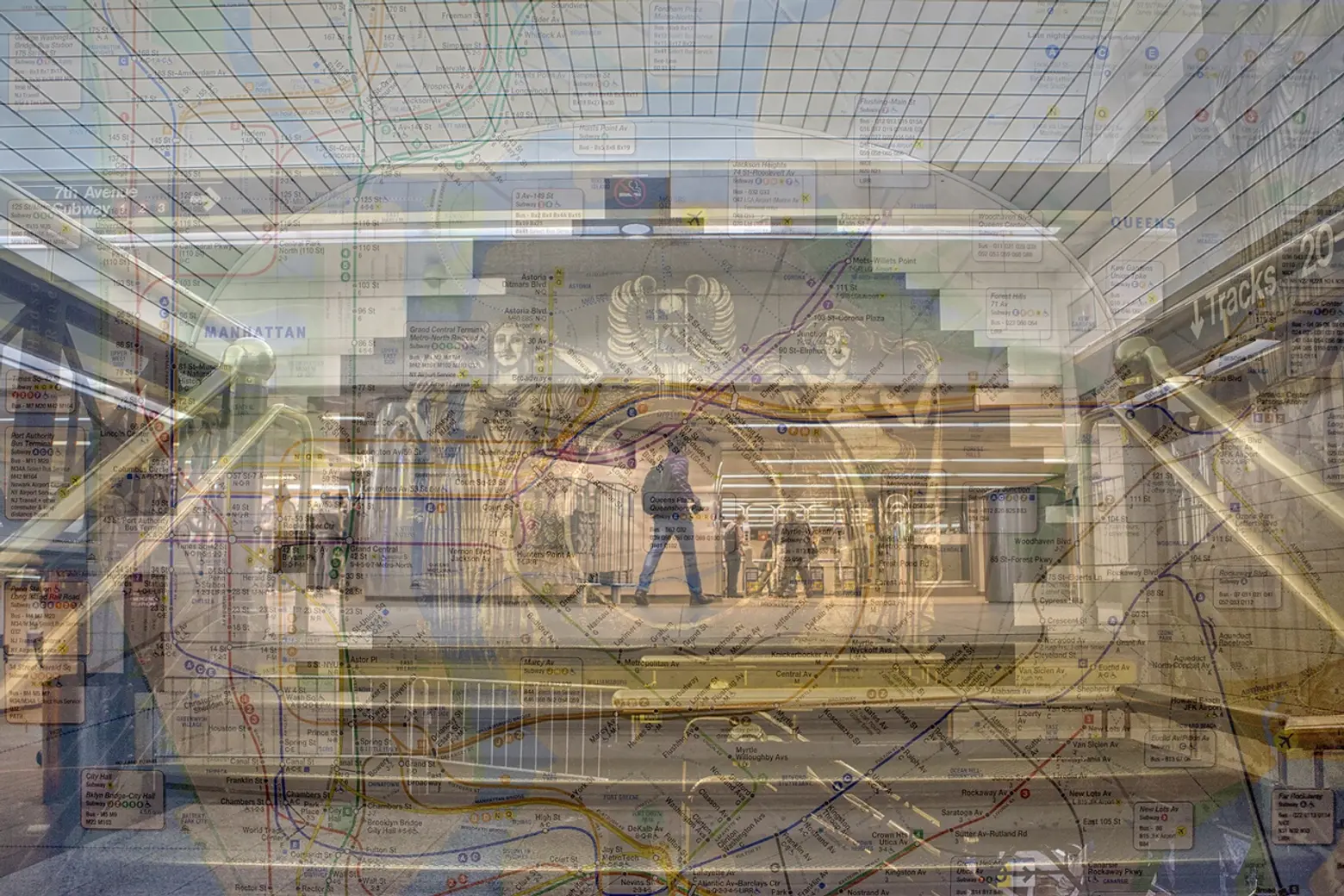
6sqft’s series The Urban Lens invites photographers to share work exploring a theme or a place within New York City. In this installment, photographer Zach Gross presents his series “Penn Station.” Are you a photographer who’d like to see your work featured on The Urban Lens? Get in touch with us at tips@6sqft.com.
The original Penn Station, a Beaux-Arts masterpiece completed by McKim, Mead & White in 1910, evoked the kind of grandeur one would expect upon arriving in one of the greatest cities in the world, complete with a grand facade made of massive Corinthian columns and a 15-story waiting room with a steel and glass roof. This structure was demolished in 1964 and replaced with our present version, lacking any of the architectural merit or civic design of its predecessor. But recent years have sparked a renewed interest in transforming the station into an updated and better functional transit hub, falling under a $1.6 billion plan from Governor Cuomo.
Well aware of both the history and future of Penn Station, photographer Zach Gross recently completed a unique series that layers historic imagery of the site with contemporary photos. He feels that, though the station is currently dysfunctional, “there’s still hope for a grand, more unified and uplifting structure,” and it’s this hopeful sentiment that shines through in his work.
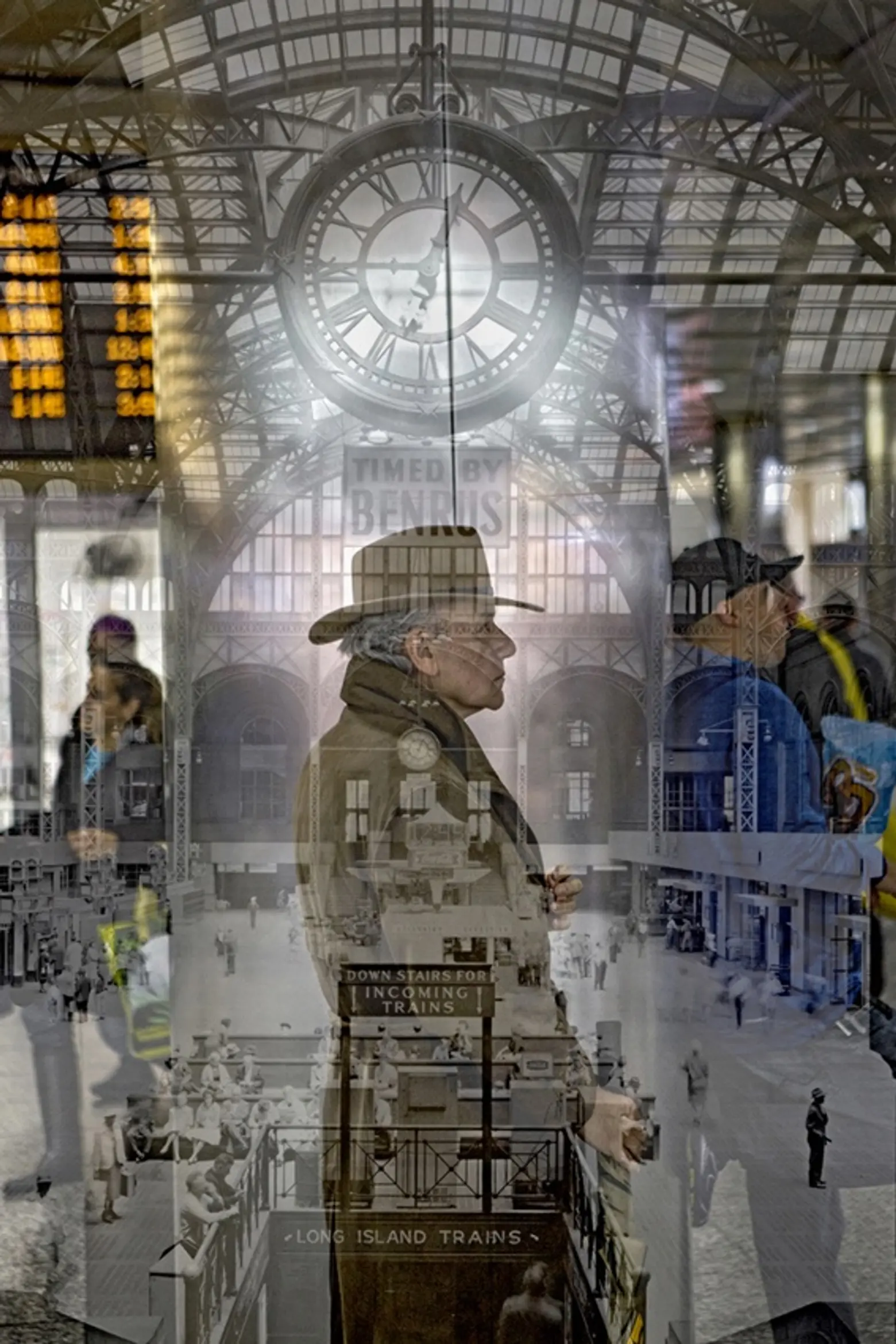
What inspired you to combine the past and present images of Penn Station?
I was walking through the station searching for a direction for the project and I noticed the framed vintage photos displayed around the Amtrak section. Before I saw them I had a vague idea of what the station looked like, but these images sparked some inspiration, showing how grand and beautiful it was. I shot a few double exposures blending the old photographs with moments I caught around the station and thought the results were interesting, so I continued in that direction. I also included maps and architectural details.
In an editorial that you recently penned for the Times, you quote Langston Hughes’ iconic 1932 poem “Pennsylvania Station.” How do you feel his prose narrates your photos?
In my mind, it explains how a great structure can help people connect to the unknown and feel protected and inspired. It brought more clarity to the images I created.
What’s next for you?
I’m working with Topic on a visual project inspired by a poem about Descartes that was published in The Paris Review.
Website: zachgross.com
Instagram: @zachgross1
▽ ▽ ▽
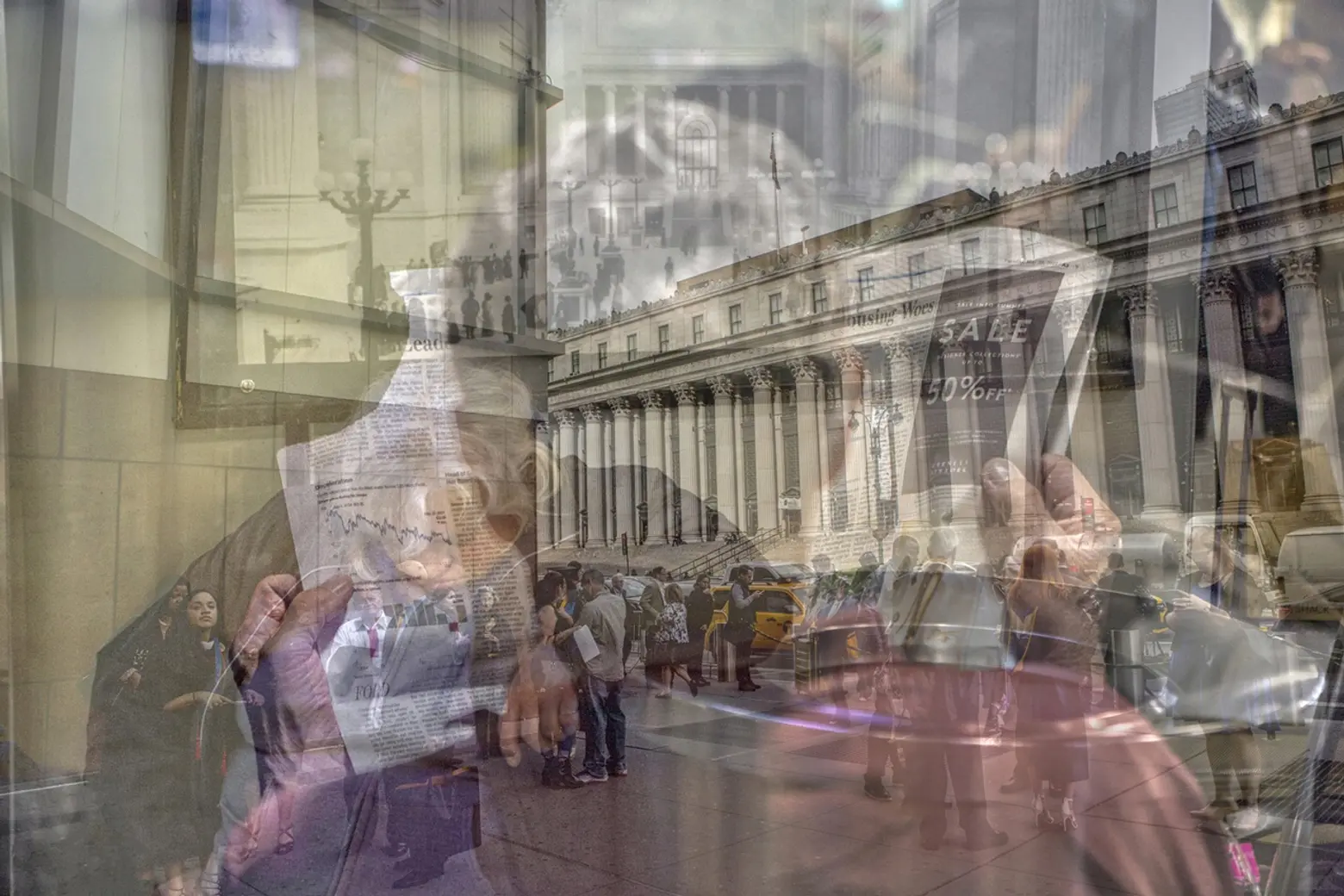
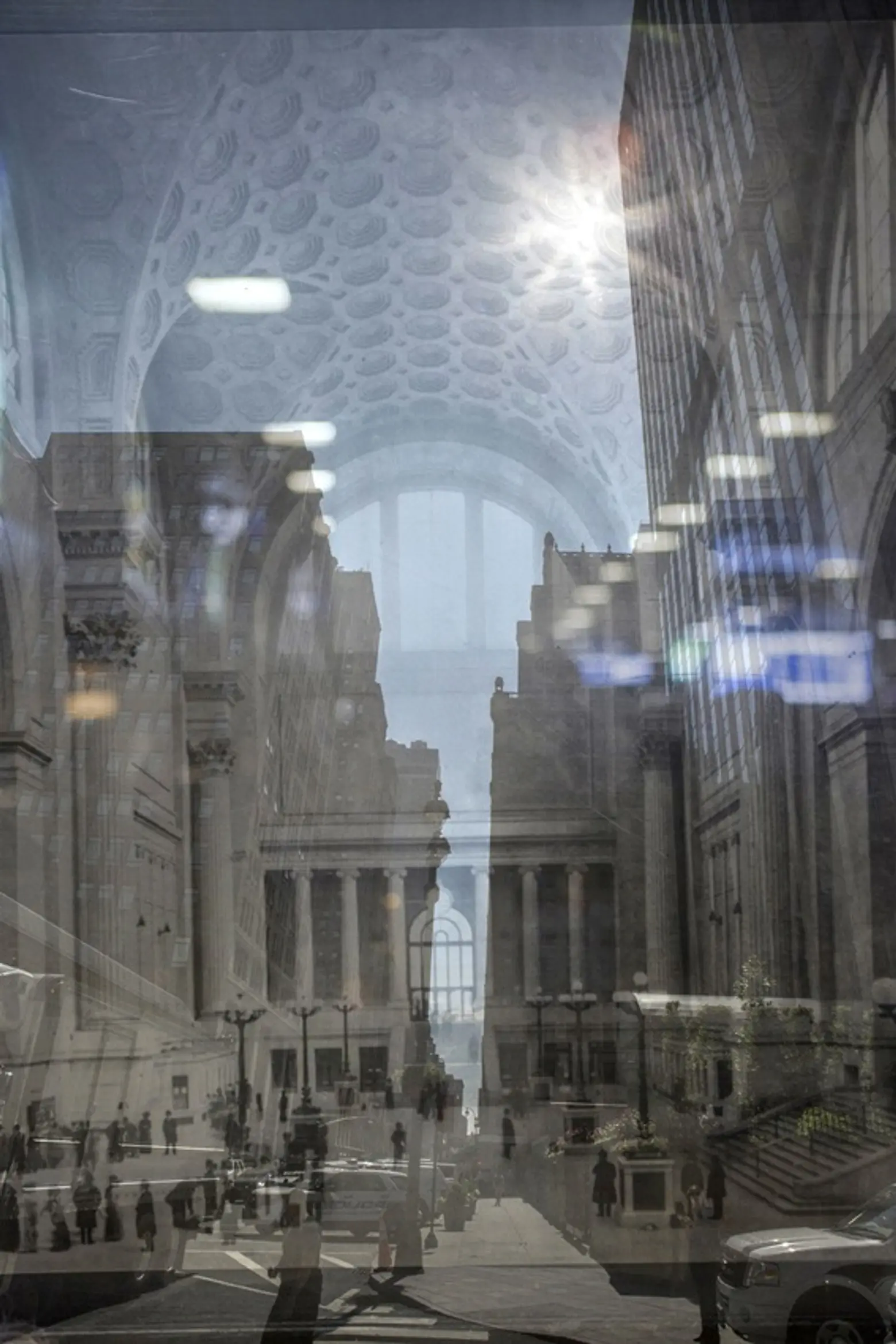
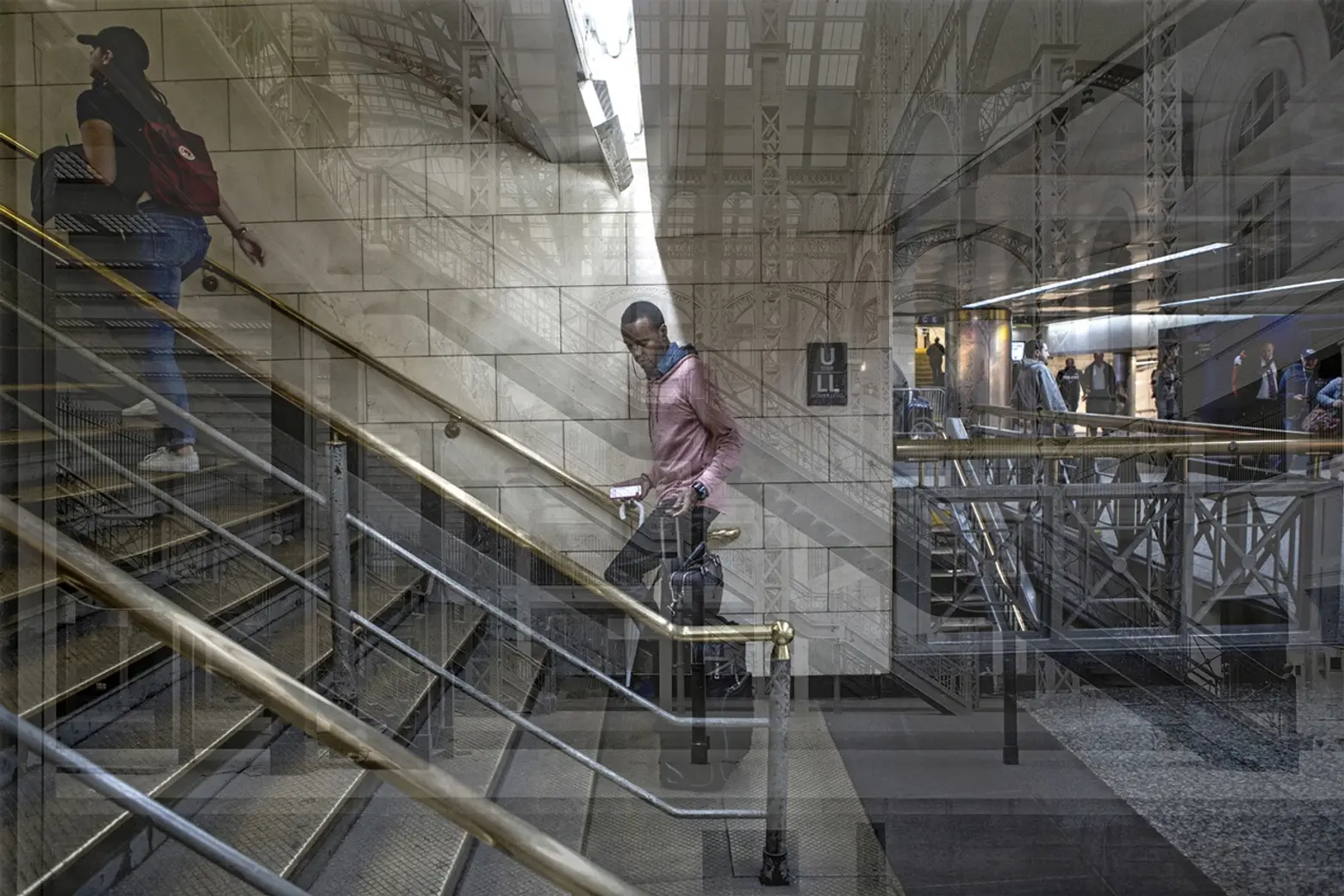
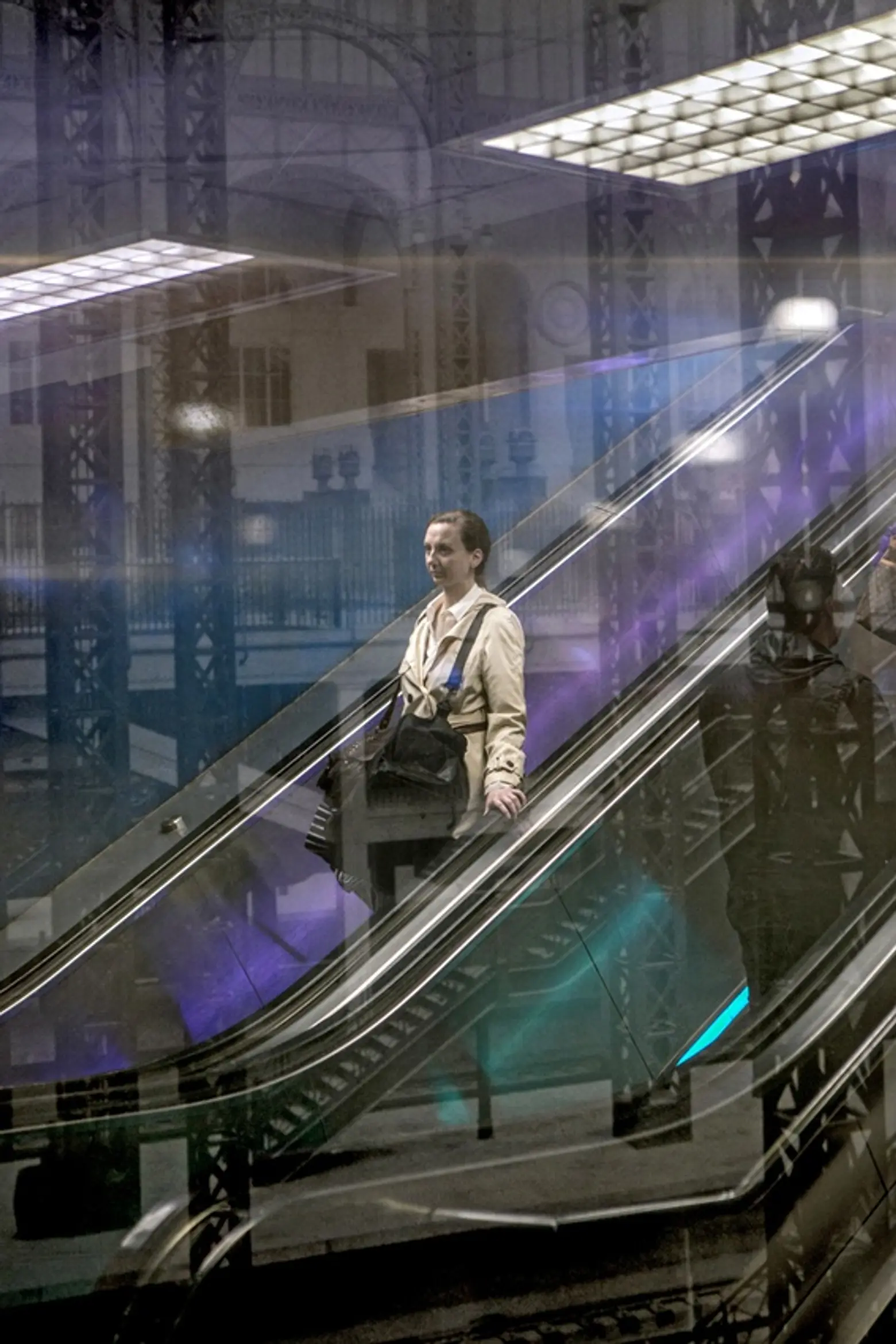
RELATED:
- The Urban Lens: Flora Borsi superimposes refused Ellis Island immigrants against modern NYC scenes
- The Urban Lens: Documenting the change in Tribeca from the early 1900s to present day
- The Urban Lens: Vintage NYC photos show everyday life in the 1940s
All images © Zach Gross
Interested in similar content?
Leave a reply
Your email address will not be published.
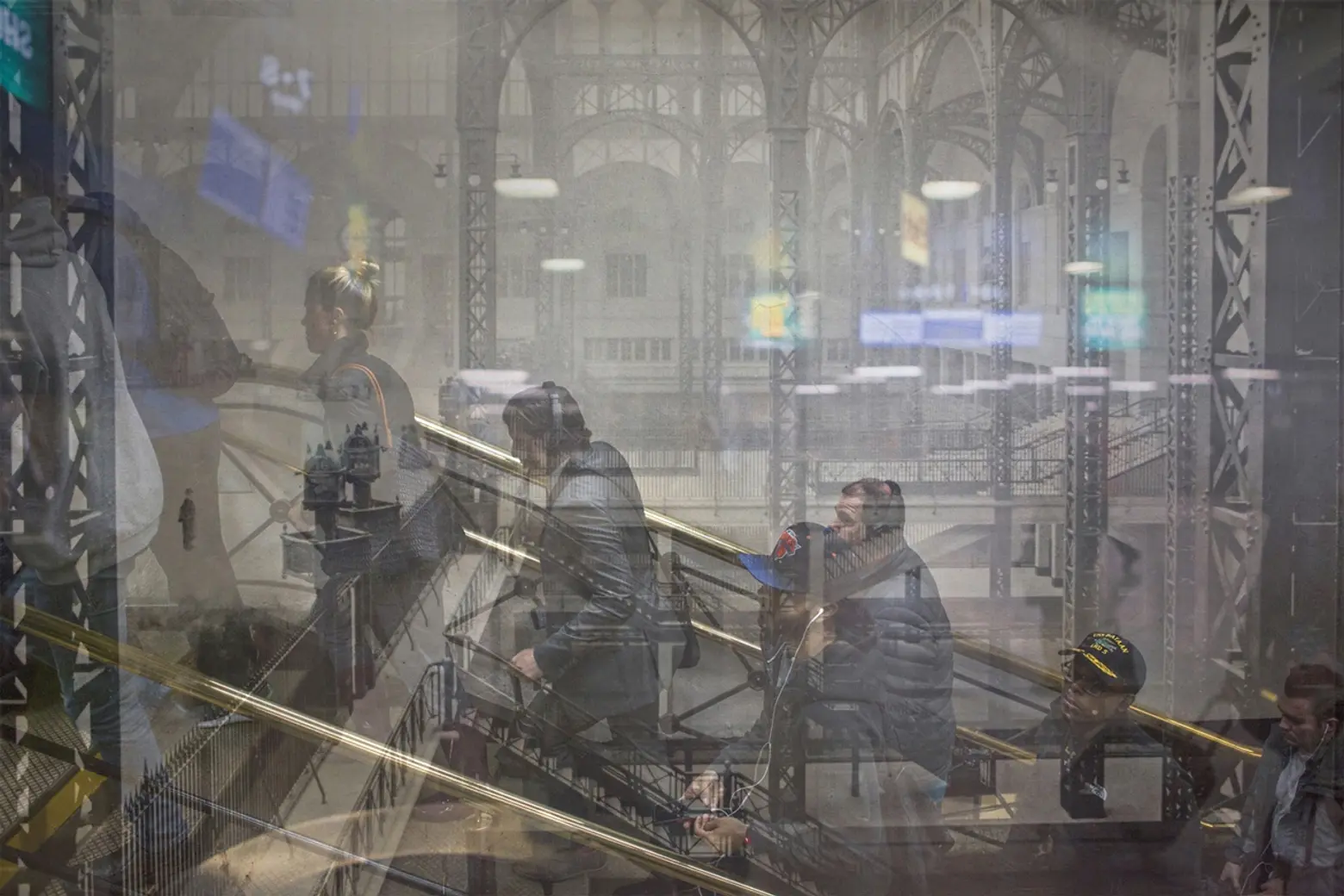
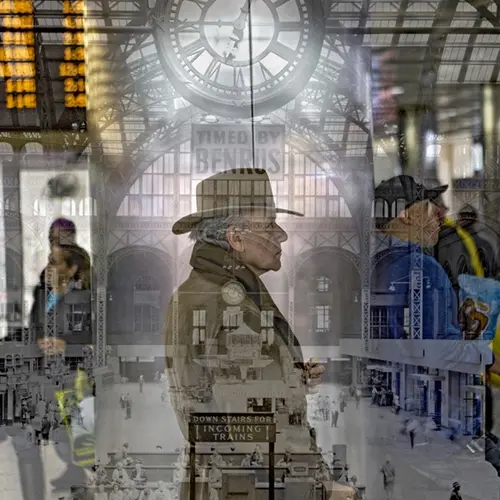
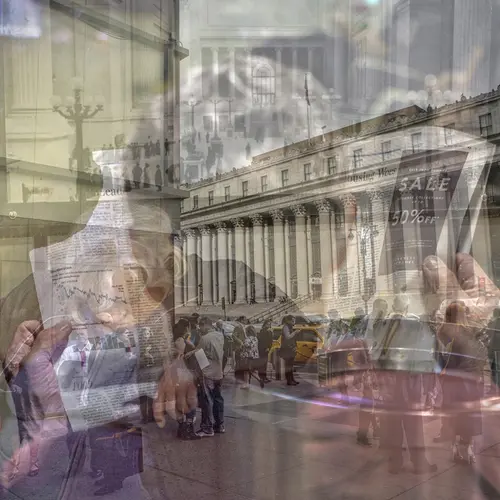
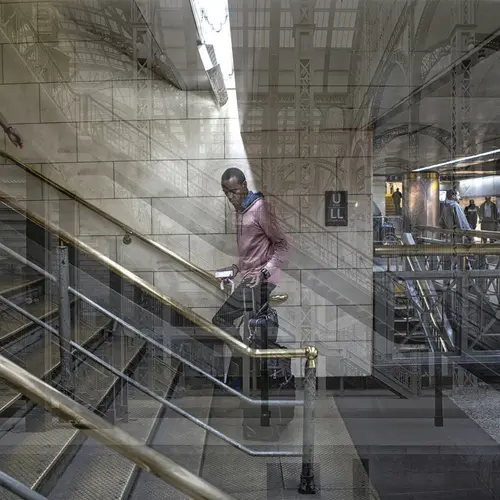
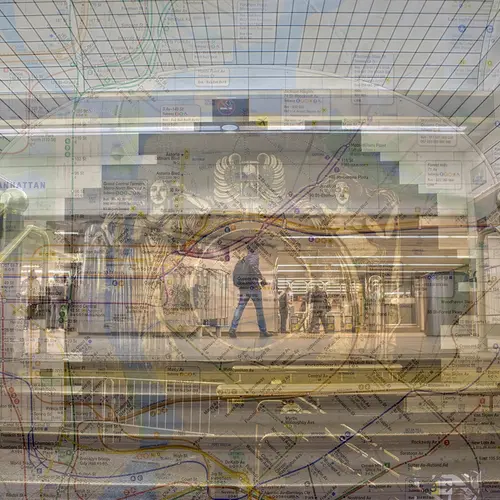
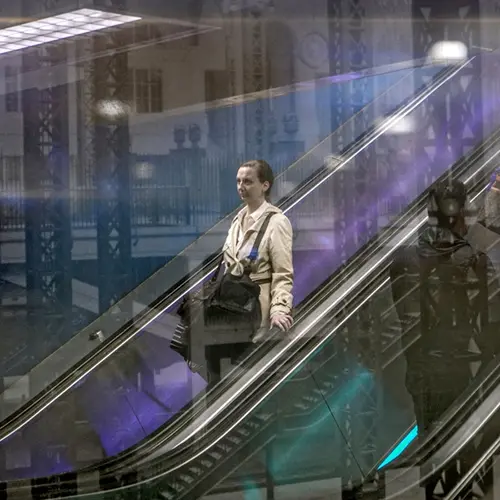
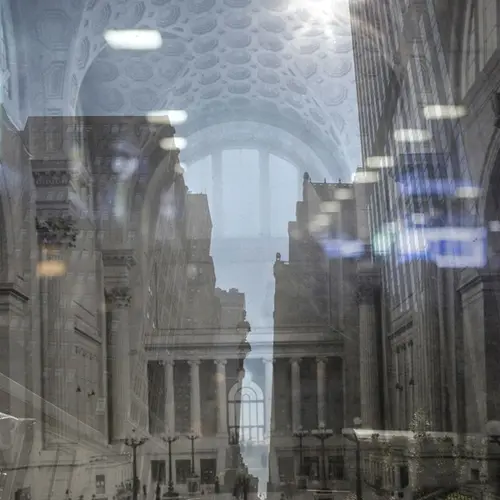
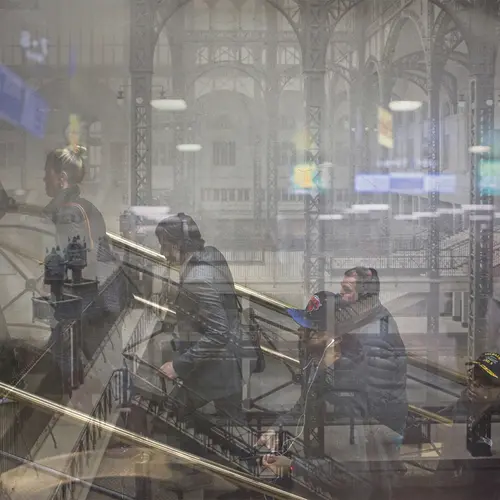
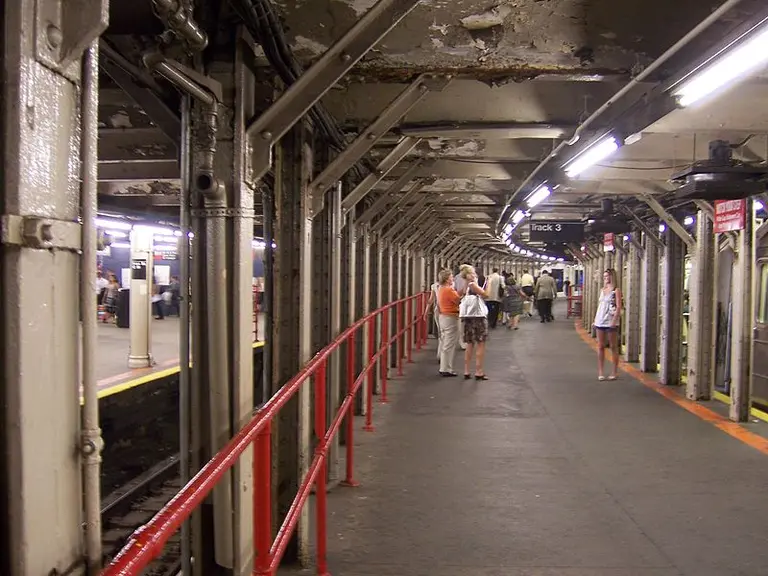
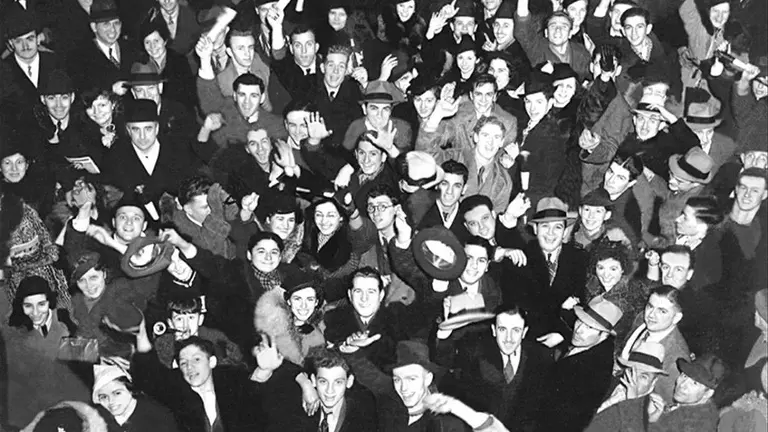
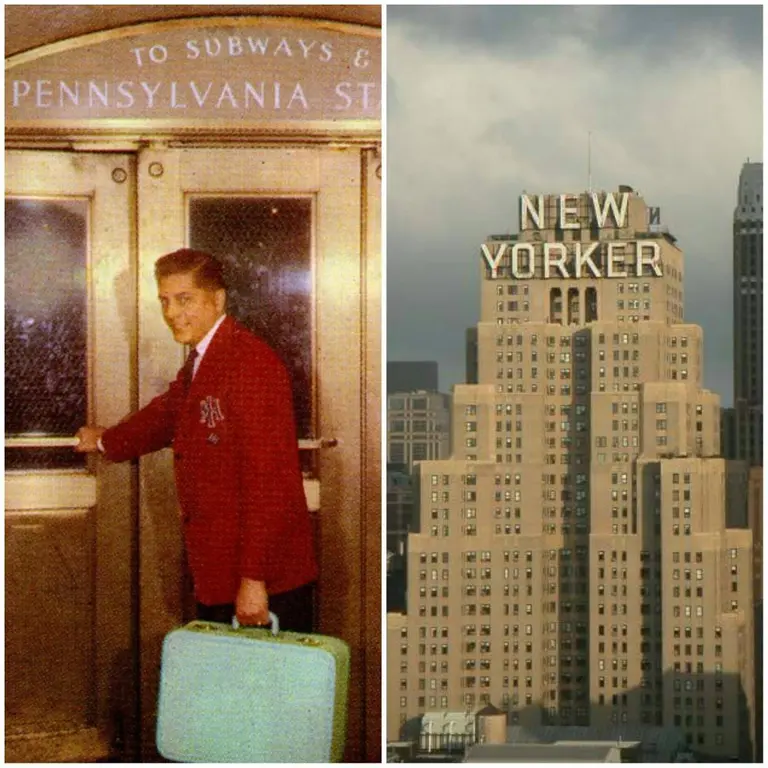
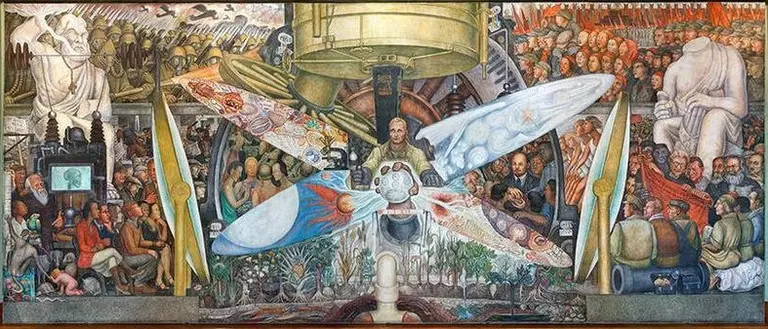

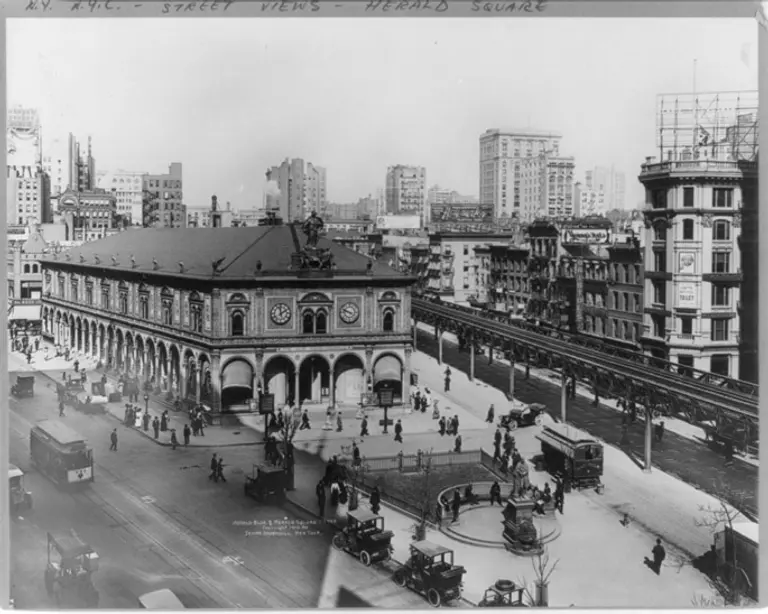





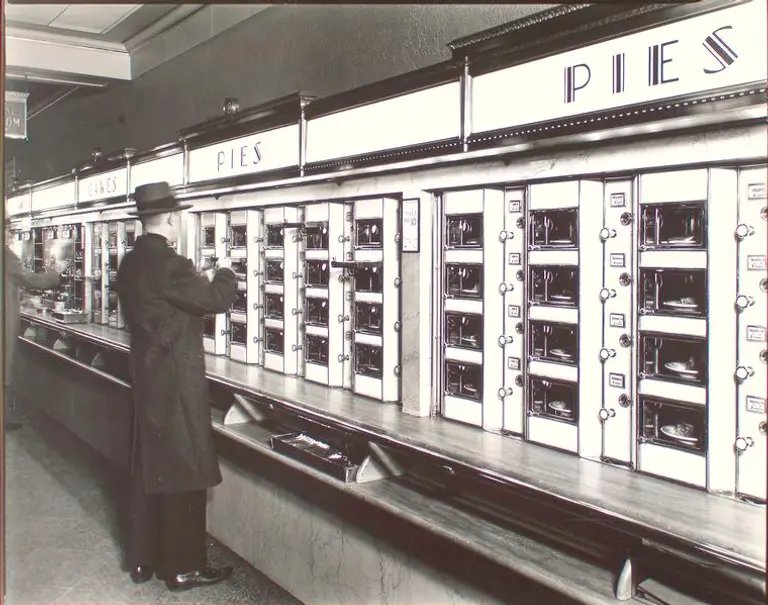
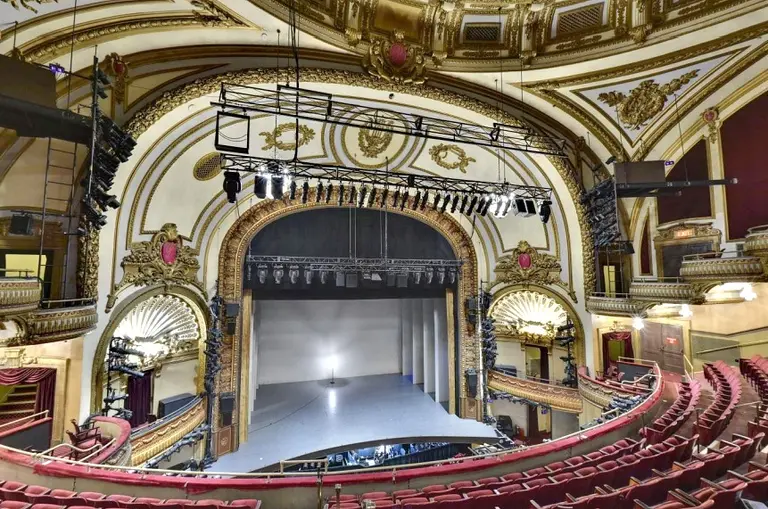
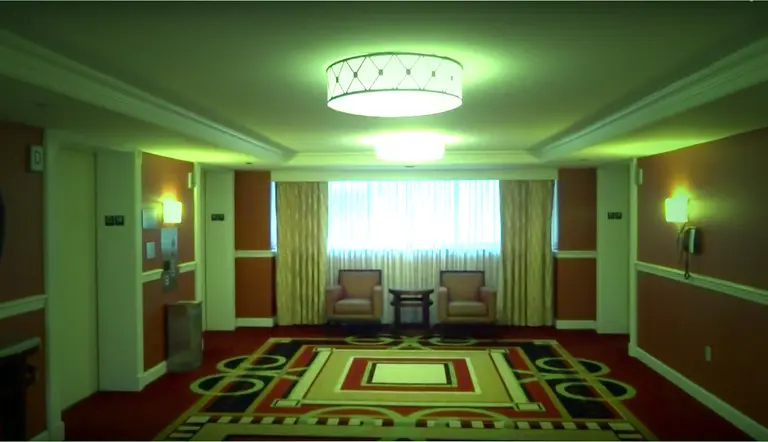
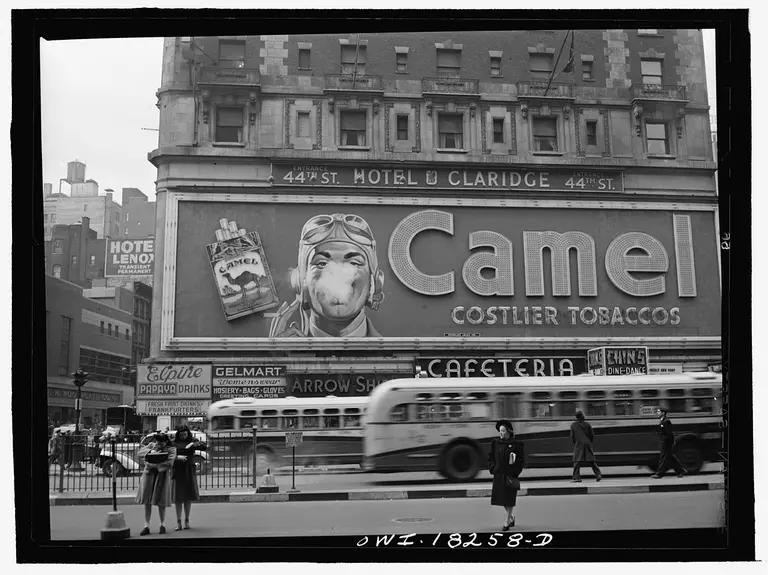
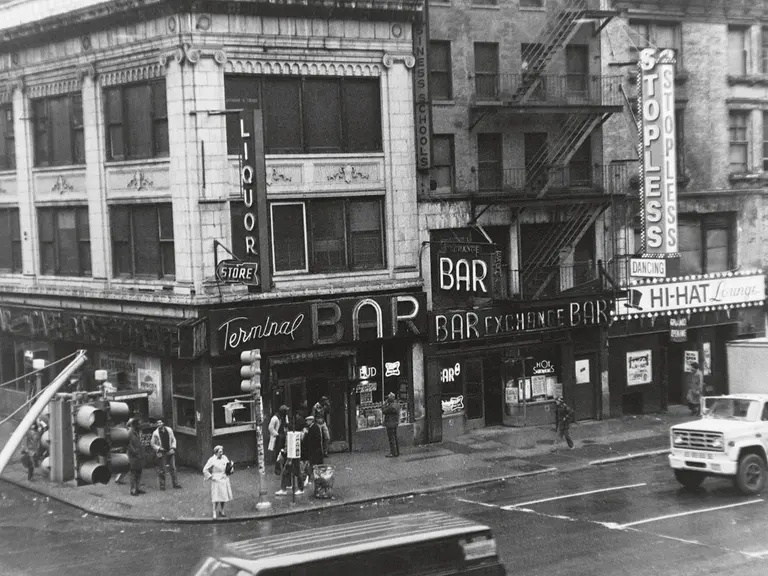
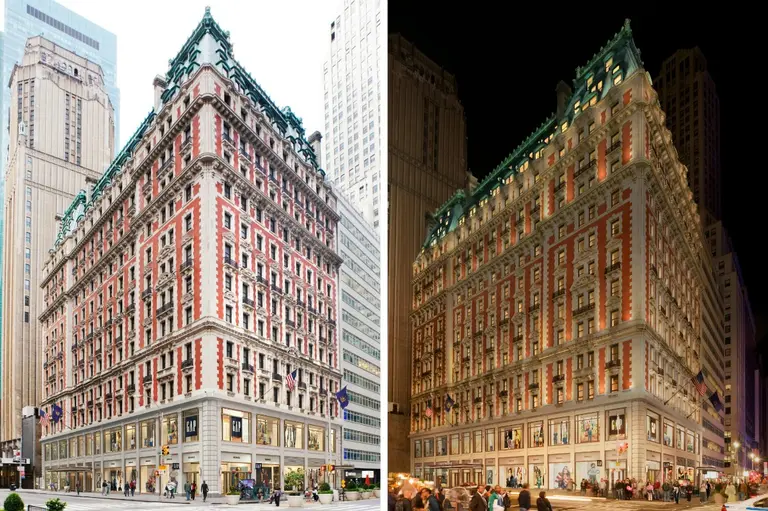










This is a beautiful photographic series and everything, but by the same token, I’m getting sick and tired of the fetishism of Penn Station. For one, it’s not based in any reality. The biggest reason why Penn Station was torn down is that it was in a hopelessly derelict state for most of its existence. It was covered in thick grime, had homeless people sleeping in it everywhere, was in complete disrepair and had huge, ugly advertising everywhere to help pay for its upkeep. Everyone keeps romanticizing it as this building of glistening white marble and shiny steel because of the photos of it...
Read more